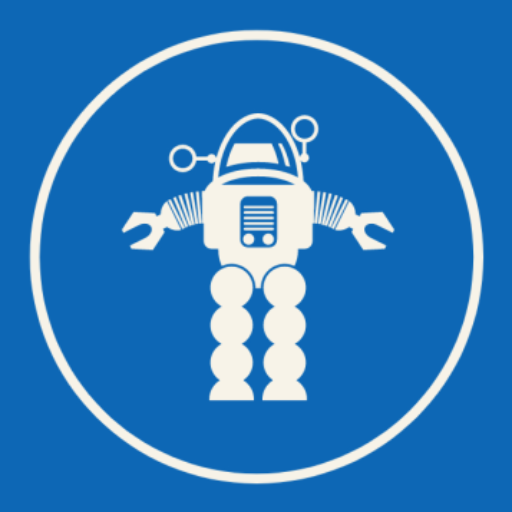Latest from Google AI – Scaling multimodal understanding to long videos
Posted by Isaac Noble, Software Engineer, Google Research, and Anelia Angelova, Research Scientist, Google DeepMind When building machine learning models for real-life applications, we need to consider inputs from multiple modalities in order to capture various aspects of the world around us. For example, audio, video, and text all provide varied and complementary information about…
